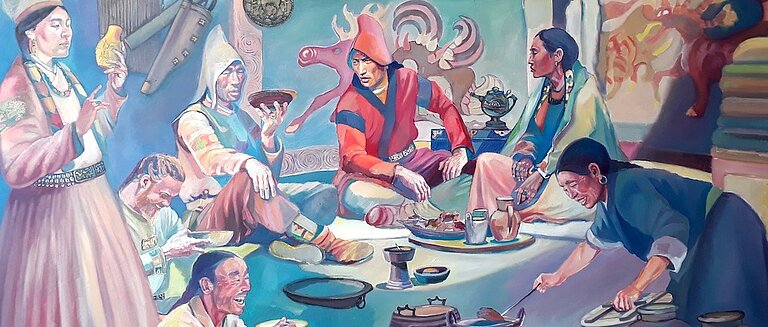
We study the long and complicated relationship between humans, their food, and their microbes. In doing so, we study not only the food cultures and microbiomes of people today but also the microscopic and biomolecular traces of foods and microbes that prehistoric peoples left behind - in dental calculus, paleofeces, and pottery residues: an archaeology of the invisible. We then combine this information with paleogenomic studies of prehistoric migrations and human genetic adaptations to build up a picture of our long and tangled dietary and microbial history.
This information can then be used to begin answering questions such as: What does it mean for a human diet to be healthy or natural? Why does the oral microbiome causes disease in more than half the human population? Why is metabolic disease increasing so rapidly in industrialized societies? Why are some people lactose intolerant and others are not? Where do food microbes come from and are they beneficial? How did humans come to have one of the most diverse diets of any species on earth?
The goal of our work is to understand how microbes have profoundly influenced our evolution and how they continue to shape and impact our health today through our microbiome, our food systems, and disease.